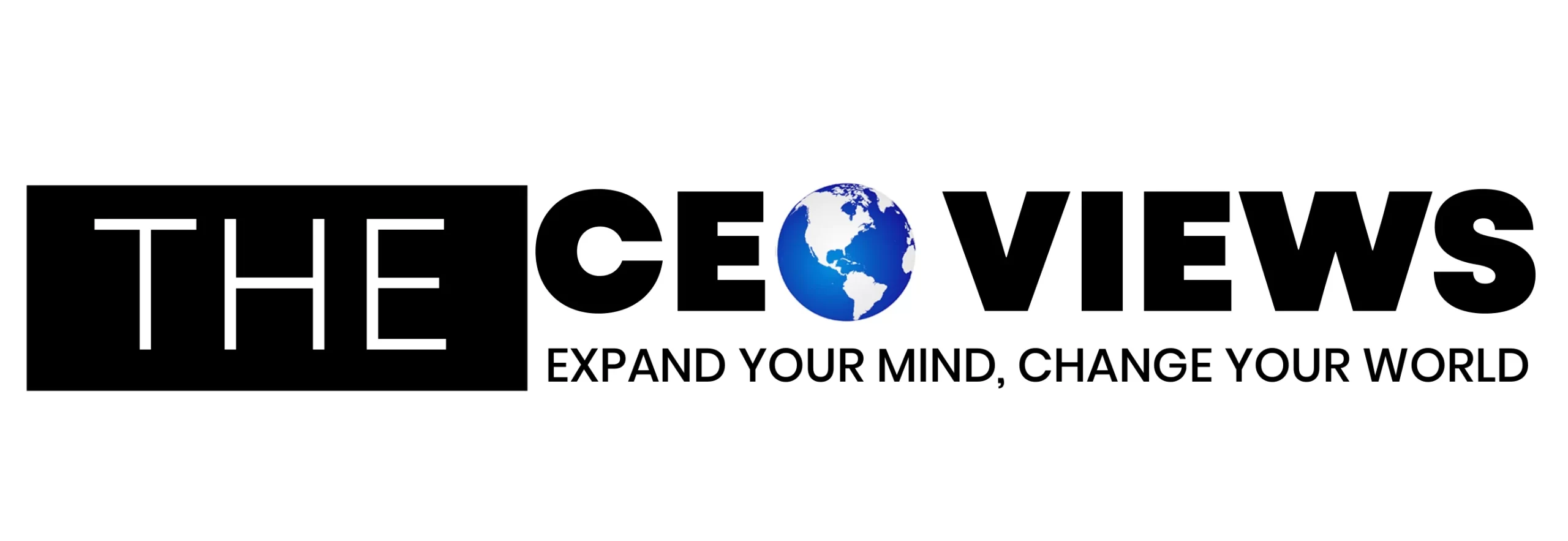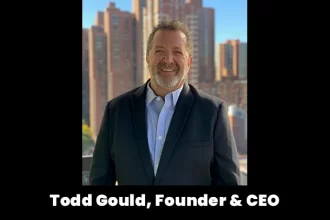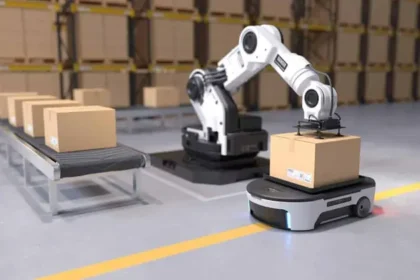We don’t often talk about senior safety at executive roundtables. But maybe we should. Because designing for people—real people with fears, routines, and limitations—has never been more urgent. And few industries embody this better than medical alert devices.
Whether you’re leading a healthtech startup or a SaaS giant, there’s something surprisingly instructive about how senior-focused companies like Life Assure approach design. This isn’t about pushing buttons; it’s about building trust, reducing friction, and treating your users with the dignity they deserve.
The full range of Life Assure systems shows how intuitive design, reliability, and empathy can be baked into something as critical as a personal emergency response device. And that’s a playbook many industries could learn from.
Start With Real Problems, Not Flashy Features
Too many companies still build for what looks good in a pitch deck. In contrast, the medical alert sector is forced to start with the rawest customer needs—panic, isolation, fall risk, and memory decline. That’s not a landscape for gimmicks.
The people using these devices aren’t looking for voice assistants or data dashboards. They want reassurance. They want something that just works—every time.
CEOs who want to lead human-centered companies should start by asking the same questions:
- What truly matters in a moment of stress?
- Is our product adding clarity or complexity?
- Are we solving a real problem, or just rebranding convenience?
Designing for dignity means cutting through the noise and building with the end-user’s experience front and center.
Usability is More Than UX—It’s a Promise
Medical alert systems have to work for people who might be frightened, disoriented, or injured. That means no cluttered interfaces, no multi-step activation, no buried instructions.
In that space, usability isn’t a nice-to-have—it’s a matter of life and death.
CEOs outside this space should take note. If your platform’s most important feature can’t be used under pressure—or without a user manual—you’ve already lost trust. And once trust is gone, retention becomes a losing battle.
Great design assumes nothing about the user’s tech skills or patience. That mindset is rare, but incredibly valuable.
Reliability Isn’t Boring. It’s the Whole Brand.
If a medical alert device fails during an emergency, there are no second chances. That’s why companies like Life Assure focus so heavily on uptime, connectivity, and long battery life.
It might not sound exciting to investors, but in the eyes of a caregiver or senior, that reliability is the product.
So why do so many tech companies still treat reliability like a backend feature? If your app crashes during checkout or your dashboard loads inconsistently, customers notice. Reliability is often the silent brand promise—and it’s the quickest one to break.
For any CEO trying to build trust at scale, make sure your product delivers on its most basic promise. Every. Single. Time.
Empathy Can—and Should—Be Engineered
Most tech teams aren’t trained in empathy. But that’s what makes the senior safety sector so interesting. These companies have no choice but to think emotionally:
- What does it feel like to live alone at 87?
- How does anxiety affect user decisions?
- What does “independence” really mean?
The teams behind Life Assure systems build with these questions in mind. And the result is a design philosophy that puts emotional context before technical specs.
CEOs who care about long-term brand affinity should consider this: Empathy isn’t the opposite of efficiency. It’s how you make efficiency feel safe, inclusive, and human.
Simplicity Wins. Always.
Medical alert devices aren’t trying to impress tech reviewers. They’re designed to be forgotten—until they’re needed.
The setup is fast. The buttons are big. The interface is, frankly, boring—and that’s the point.
Compare that to apps or platforms that gate key features behind four submenus and a tutorial. If seniors can use a Life Assure device with confidence, there’s no excuse for making your customers “learn” your product.
Stripping things down doesn’t make your product less valuable. It makes it more usable.
Trust is Built in Small Moments
It’s not just the emergencies that matter—it’s what happens before and after.
- Does the system remind users to charge?
- Are the instructions printed clearly?
- Can a caregiver reach a real person if needed?
These little details might feel minor in a sprint planning meeting. But for the user, they’re the difference between peace of mind and daily frustration.
Trust isn’t built with splash pages. It’s built in quiet, functional moments. And that’s exactly where most products fail.
Take a cue from the medical alert industry: every touchpoint matters. Design like someone’s well-being depends on it—because eventually, it might.
Design for the User You’ll Become
Let’s be real—none of us are getting younger. And while your current user base might skew young or tech-savvy, that won’t always be true. The future of design is accessibility.
CEOs who want staying power should be thinking about universal design now, not later. If your product only works for the able-bodied and digitally fluent, you’re narrowing your impact—and your market.
Medical alert systems aren’t niche anymore. They’re part of a much bigger shift toward aging-in-place technology. And they remind us that good design is design you’ll still appreciate at 75.
The Takeaway for Leaders: Build With Care
So what can you actually do with all this?
Here are a few concrete takeaways any CEO can apply:
- Audit your product’s “crisis moments.” What does using your product feel like when someone’s tired, frustrated, or confused?
- Kill the clever. If it’s not obvious to a first-time user, it’s not simple enough.
- Talk to edge users. Seniors. Caregivers. People who don’t fit the “power user” mold.
- Bake in fail-safes. Reliability isn’t just for emergencies—it’s for brand trust.
- Remember who you’re building for. Not personas. People.
Great leadership isn’t about having the flashiest product. It’s about building something people can rely on, even when everything else is falling apart. And that’s exactly what the best medical alert devices are designed to do.
Why It All Comes Back to Dignity
Here’s the part most industries forget: design isn’t just about functionality. It’s about respect.
When a senior uses a Life Assure system, they’re not just pressing a button. They’re placing trust in the people who built it. And that act—the trust of someone at their most vulnerable—deserves more than clever UX. It deserves dignity.
As CEOs, our job isn’t just to scale. It’s to care. To think deeply about how our products make people feel. To design not just for engagement, but for reassurance. For clarity. For humanity.
So yes, you can learn a lot from the medical alert industry. You can learn about simplicity, reliability, and empathy. But most of all, you can learn to design with dignity.
And that’s something every great leader should care about.











